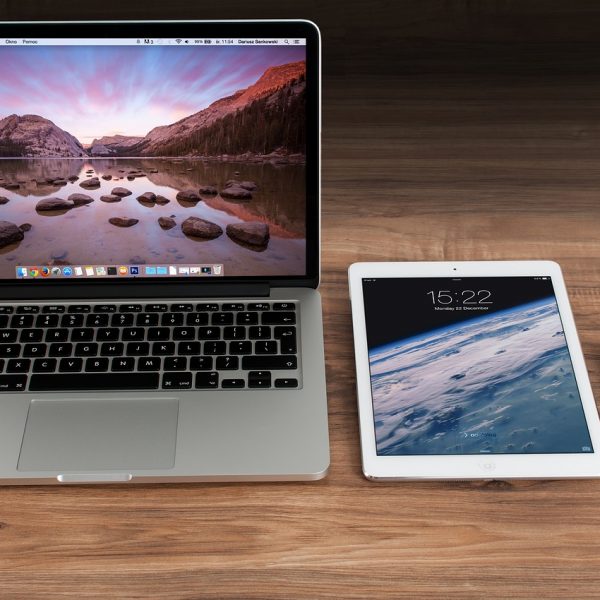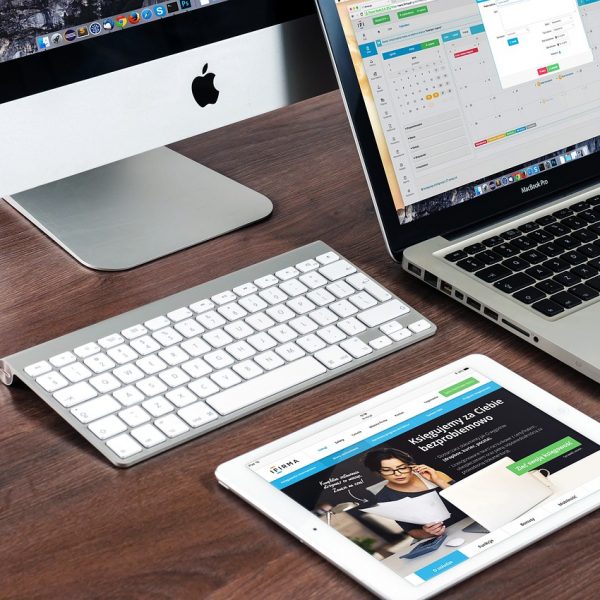When the first iPad launched in 2010, it was framed as a consumption-focused device between smartphones and computers. But massive leaps in iPad hardware and software over the past decade now position it as a potential peer to traditional PCs.
With the arrival of the M2 iPad Pro and iPadOS 16, the iPad has never been more capable as an all-in-one productivity machine. But limitations still remain before it can be considered a true laptop replacement.
In this analysis, we assess how close the iPad is to rivaling PCs based on metrics like performance benchmarks, multitasking capabilities, app ecosystems, accessory support, and use case flexibility. While the iPad may not beat PCs entirely just yet, exciting innovation continues pushing it toward parity.
How iPad Hardware Now Rivals Laptops
Thanks to remarkable technological advancements, the iPad Pro’s raw hardware specifications now meet or exceed many mainstream Windows laptops:
– Apple’s new M2 chip provides CPU speeds up to 15% faster than many Intel Core i7 laptop processors.
– GPU performance is up to 35% faster than some dedicated laptop graphics cards.
– RAM options up to 16GB match high-end laptops, with ultra-fast unified memory architecture.
– Storage configurations up to 2TB outpace many mainstream PC options.
– The 12.9” Mini LED display with ProMotion matches laptop resolution and refresh rates.
– Thunderbolt connectivity and 5G model options provide cutting edge wired/wireless connections.
– Accessories like the Magic Keyboard and Apple Pencil add PC-like versatility.
Processor, memory, storage, display, and connection specs are now laptop-caliber or better on iPad Pro models. The hardware foundation for professional workflows is firmly in place.
Assessing iPadOS Multitasking and Workflow Strengths
Thanks to iPadOS 16, Apple’s tablet OS now enables more advanced multitasking. But workflow flexibility still trails macOS and Windows:
– New Stage Manager feature brings windowed app multitasking to iPadOS.
– Up to 4 apps can be run on screen simultaneously in resizable windows.
– App pairs and splits enable some dual-app multitasking on older iPads.
– External monitor support up to 6K resolution mirrors or extends the workspace.
– Keyboard shortcuts add quick windowing control and improved text manipulation.
– Drag and drop between apps boosts flexibility moving content.
While clearly more versatile than past versions, multitasking and app windowing still feel constrained versus PC operating systems. Real pro use cases require running many more open apps simultaneously.
App Ecosystem Comparison for Work vs. Play
The iPad offers a robust app ecosystem, but still trails PCs in pro-centric tools while holding advantages in tablet-first experiences:
– Essential productivity apps like Microsoft Office are now fully supported on iPadOS.
– Pro create tools like Adobe Photoshop, Illustrator, Affinity suite, and Procreate enable extensive work capabilities.
– Sophisticated note apps like Notability, GoodNotes, and OneNote rival Windows/macOS offerings.
– Console-quality gaming and multimedia content highlights leisure advantages.
– Niche pro software for engineering, data science, architecture, and other fields remains underrepresented on iPadOS.
For common productivity needs, the iPad App Store has matured extensively. But specialty professional software availability still lags PCs somewhat.
Accessory Ecosystem Essential for Flexible Workflows
Accessories also factor heavily into unlocking professional workflows on the iPad:
– Keyboards like the Magic Keyboard and Smart Keyboard Folio add essential typing efficiency.
– The Apple Pencil facilitates creative design work and precision input needs.
– Trackpads/mice bring familiar cursor control to iPadOS’s advanced gestures.
– USB-C hubs create essential ports like HDMI, card readers, and data connections.
– External battery packs enable all-day power.
– Rugged cases protect against demanding environments.
Thanks to USB-C, the iPad accessory ecosystem now provides many of the add-ons needed for productivity. But lapsed accessory support does occur as ports change.
Examining Real-World Use Cases and Scenarios
How does iPad versatility translate into handling real-world work scenarios?
– Content creation: Apps like LumaFusion and Affinity Photo enable extensive video and image editing capabilities rivaling many laptops. Drawing with the Apple Pencil excels for digital art.
– Office work: The Microsoft Office suite on iPadOS empowers robust document editing, email, and team chat collaboration comparable to traditional PCs.
– Education: The iPad’s pencil input, multimedia capabilities and touch UI provide major advantages for learning environments over laptops.
– Field work: With 5G and LIDAR-enabled models plus rugged cases, the iPad can thrive for on-site jobs from construction to healthcare.
– IT and computer work: Coding, server management, and other tech-centric workflows remain harder on iPadOS without deep system access or multiple windows.
There are clearly scenarios where the iPad’s capabilities outshine laptops. But for power users, the full flexibility of macOS and Windows still enables more.
Key Areas Where Traditional PCs Still Have Advantages
Despite excellent advances, traditional PCs maintain advantages in a few key areas:
– Ability to run dozens of professional desktop programs simultaneously for complex multitasking.
– Access to niche specialty pro apps unavailable on iPadOS.
– Full system access benefits technical IT and programming work.
– Greater external monitor support for spreading large projects across multiple displays.
– Desktop-class VR/AR abilities benefit designers, engineers, and artists.
– Legacy peripheral support like MIDI instruments appeals to musicians.
– Higher base storage on many Windows laptops suits large media files.
– Touch UI less tailored for desktop scenarios than trackpad/mouse input.
For broad compatibility across professional domains, traditional PCs still excel over iPads. But iPadOS continues closing gaps as Apple silicon allows hitting technical parity.
Will iPadOS Ever Fully Catch Up to Laptop Versatility?
– Apple is clearly positioning the iPad Pro as a laptop competitor based on its marketing language and feature comparisons.
– But full catch up faces challenges as PC operating systems benefit from decades more maturity tailoring desktop-centric workflows.
– If Apple were to enable running MacOS on iPad Pro hardware, it could instantly tap into that legacy. But they have resisted this convergence.
– Still, the rapid pace of Apple silicon advancements point to a future where iPads subsume more laptop capabilities through sheer technical brute force.
– And tablet-first workflows in areas like design, education, and field work show that PCs may never fully catch back up to iPad strengths in select domains thanks to its touch UI.
Barring a merger of MacOS and iPadOS, some differences seem likely to remain. But the iPad’s hardware prowess continues reaching levels able to rival the performance of traditional PCs across more professional use cases.
Conclusion
The iPad has reached impressive milestones in closing the gap to deliver a true PC peer experience. Processing power now outpaces mainstream laptops. Multitasking is more functional thanks to Stage Manager. Accessories like the Magic Keyboard and Apple Pencil add versatility. And apps like Affinity Photo and LumaFusion enable professional work capabilities on the go.
But a few limitations around operating system maturity, app ecosystem breadth, and accessory support remain on the iPad compared to Windows and macOS machines. For the foreseeable future, complex workflows will likely stay easier on traditional PCs, even as iPad hardware rapidly catches up.
Yet we stand on the cusp of a computing realm where at least for common productivity and creative needs, the iPad’s polish and performance shine. Each year brings new hardware and software capabilities previously unimaginable. So while total catch up requires conquering hard ceilings, the iPad’s trajectory points to a future where at minimum, choosing it over a PC becomes about preference rather than pure utility.




